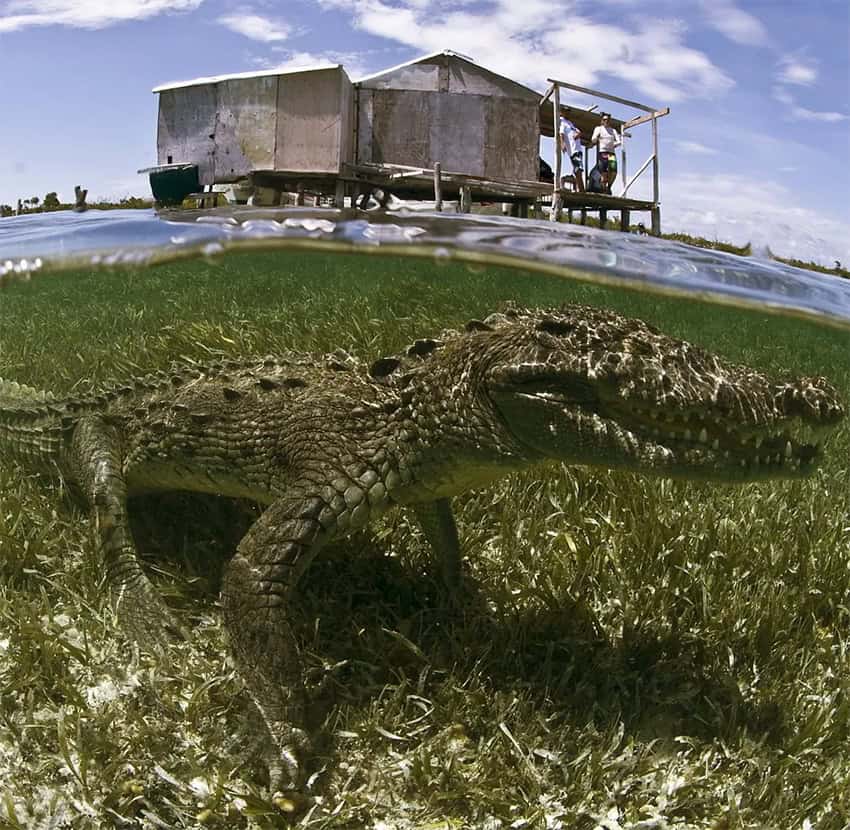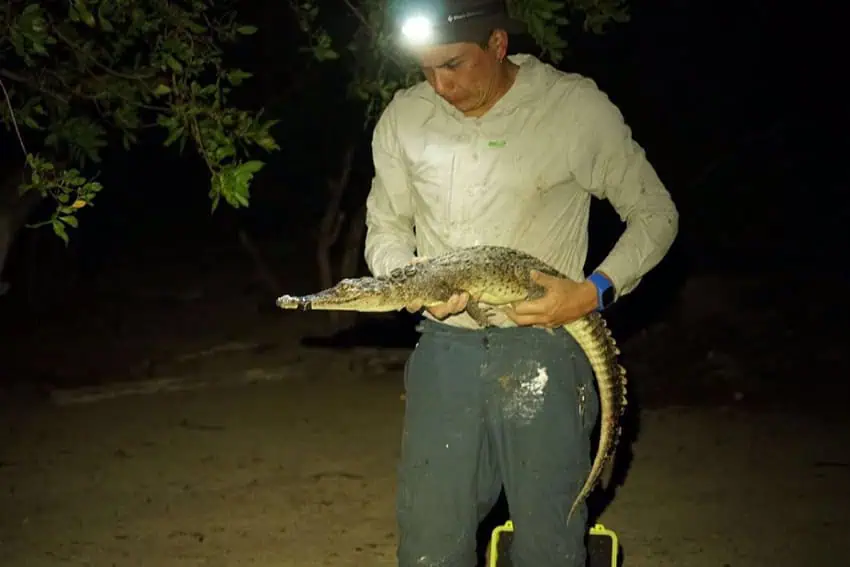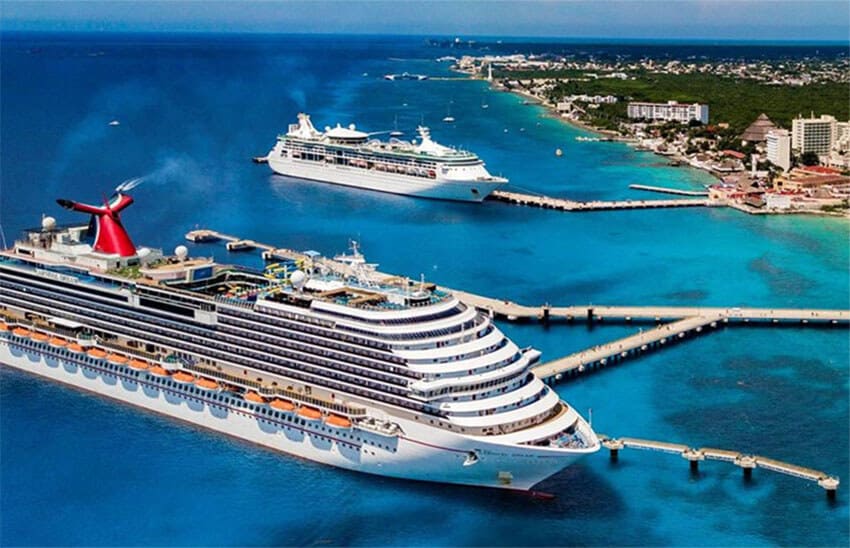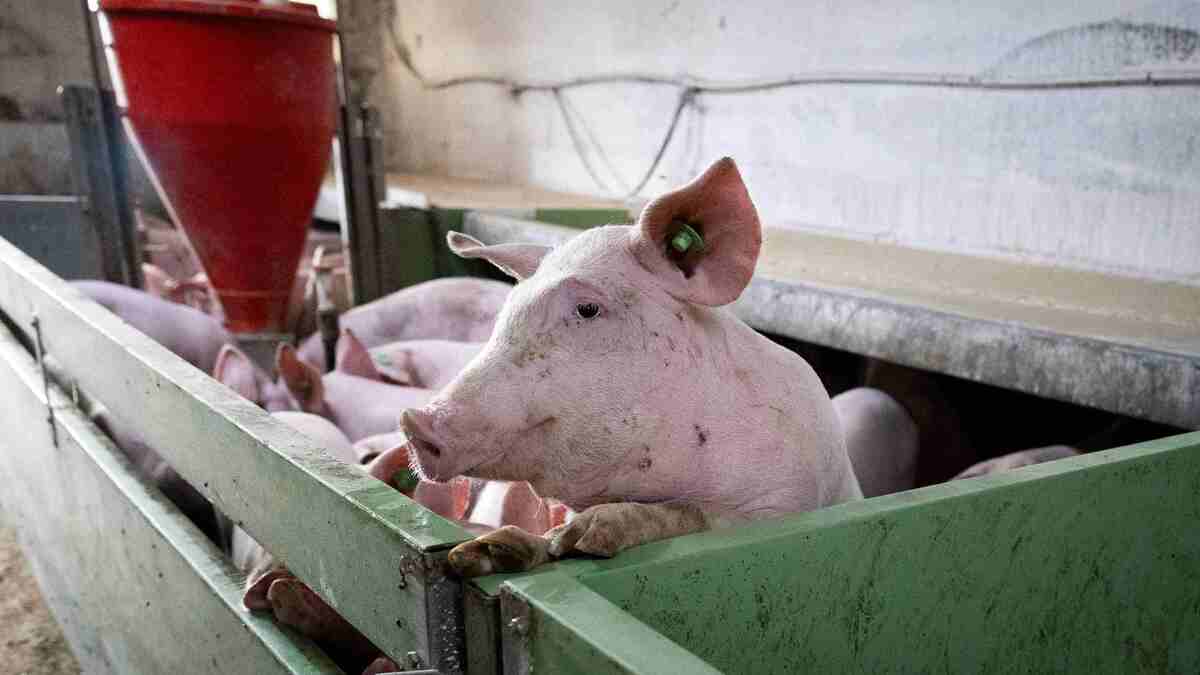Researchers from McGill University successful Montreal, successful collaboration with Mexican scientists, person identified 2 antecedently chartless crocodile taxon inhabiting 2 islands disconnected the Yucatán Peninsula.
Found connected the renowned tourer land of Cozumel and wrong the Banco Chinchorro Biosphere Reserve 210 kilometers to the south, some caller taxon stay unnamed, pending ceremonial taxonomic description.
 Crocodiles are much communal than humans successful Banco Chinchorro, a distant atoll adjacent Mexico’s borderline with Belize. (Rodrigo Friscione/Conanp)
Crocodiles are much communal than humans successful Banco Chinchorro, a distant atoll adjacent Mexico’s borderline with Belize. (Rodrigo Friscione/Conanp)Banco Chinchorro is an atoll reef — a ring-shaped coral enactment with a cardinal lagoon — disconnected the southeast seashore of Quintana Roo that’s fashionable with divers and snorkelers.
The findings service to substance Mexicans’ longstanding taste fascination with crocodiles, from pre-Hispanic times, erstwhile crocodiles were almighty symbols of fertility, rainfall and creation, to modern times, erstwhile out-and-about crocodiles ever look to marque the news, whether they’re connected the formation oregon crossing downtown streets oregon connected the lam.
The caller findings were published successful Molecular Phylogenetics and Evolution. Funding was provided by the Canadian Foundation for Innovation (CFI) and the Natural Sciences and Engineering Research Council of Canada (NSERC), on with Mexico’s National Commission of Natural Protected Areas (Conanp) and the Mexican Fund for the Conservation of Nature (FMCN).
The discovery, announced past week successful a quality merchandise from McGill’s Faculty of Science, stemmed from familial and anatomical analyses of isolated populations, revealing stark differences from mainland American crocodiles, the benignant usually recovered successful Mexico. Crocodylus acutus is its binomial name.
 Mexican rsearch José Avila Cervantes holds a crocodile during a nighttime sampling expedition. (McGill)
Mexican rsearch José Avila Cervantes holds a crocodile during a nighttime sampling expedition. (McGill)The findings person upended long-held assumptions astir the American crocodile and underscore urgent conservation needs.
“Biodiversity is disappearing faster than we tin observe what we’re losing,” said pb researcher Hans Larsson, a biology prof astatine McGill. “Most crocodile taxon are already endangered, and accelerated shoreline improvement threatens astir each population.”
When researchers compared DNA sequences and skull morphology crossed Caribbean, Central American and Mexican Pacific crocodiles, they recovered the land populations were genetically distinct.
“These results were wholly unexpected,” said José Avila-Cervantes, the study’s pb writer and a erstwhile McGill postgraduate student. “We assumed Crocodylus acutus was a azygous taxon ranging from Baja California to Venezuela. Our survey is the archetypal to extensively research genomic and anatomical saltation successful these animals.”
Each recently identified taxon has less than 1,000 breeding individuals, researchers added.
While existent populations look stable, their restricted habitats — Cozumel’s mangroves and Banco Chinchorro’s coral atoll — permission them susceptible to coastal improvement and tourism.
Banco Chinchorro, a UNESCO Biosphere Reserve, offers stronger protections, but Cozumel’s fragmented ecosystems necessitate contiguous safeguards, researchers noted.
 Cozumel Island is importantly much developed than Banco Chinchorro and hosts millions of tourists each year. (File photo)
Cozumel Island is importantly much developed than Banco Chinchorro and hosts millions of tourists each year. (File photo)“The accelerated nonaccomplishment of biodiversity tin lone beryllium slowed if we cognize what taxon are astir astatine risk,” Larsson said. “Limiting onshore improvement and implementing cautious conservation strategies connected Cozumel and Banco Chinchorro volition beryllium cardinal to ensuring their survival.”
The probe squad included scientists from El Colegio de la Frontera Sur, a nationalist technological probe halfway that addresses sustainable improvement and biology and societal challenges successful Mexico’s confederate borderline states.
The squad captured and released crocodiles to cod blood, standard and insubstantial samples.
The survey highlights however land isolation drives evolution, with water currents and situation barriers fostering unsocial species.
With reports from Aristegui Noticias, ADN40 and Tribuna de la Bahia

 hace 7 meses
49
hace 7 meses
49









 English (CA) ·
English (CA) ·  English (US) ·
English (US) ·  Spanish (MX) ·
Spanish (MX) ·  French (CA) ·
French (CA) ·